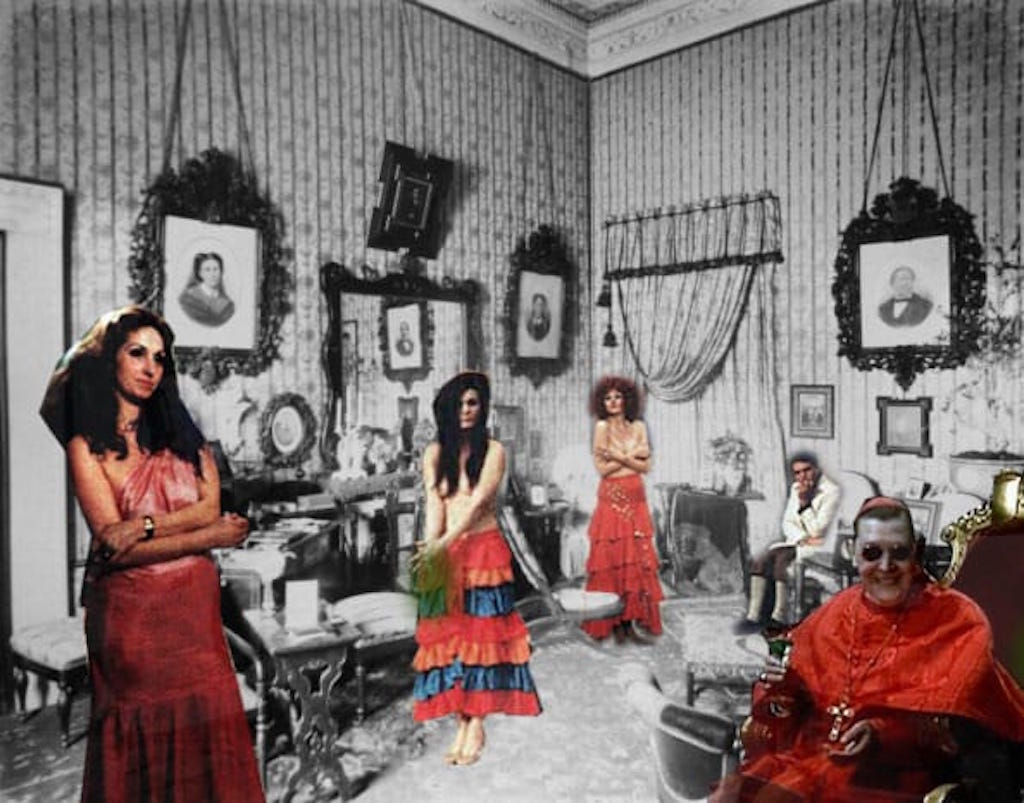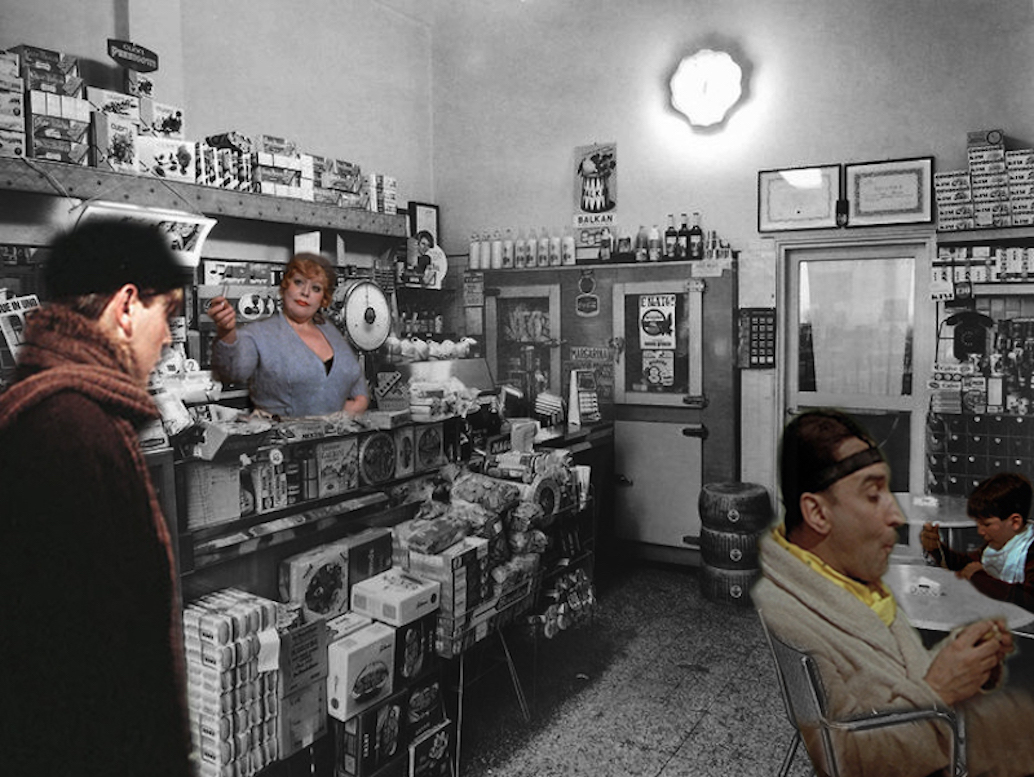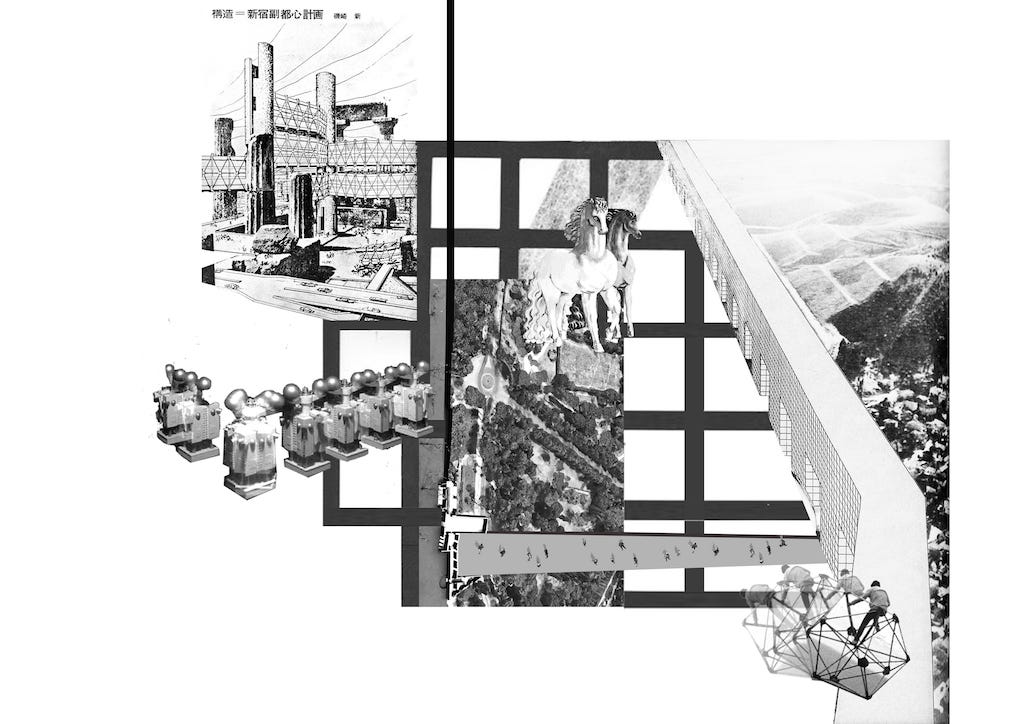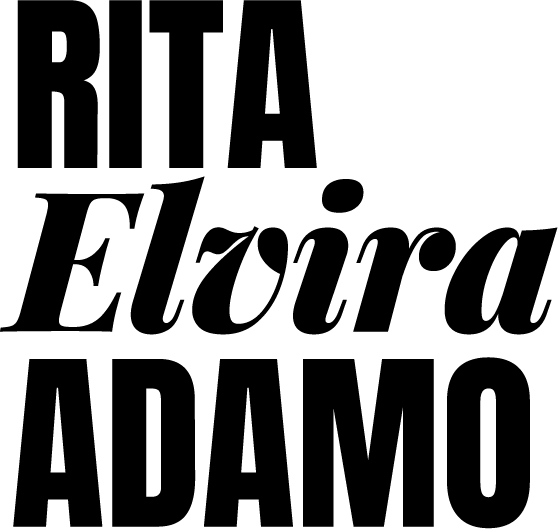
QUESTA FELICE ETA’ CHE VEDE REALIZZARSI
In Villa Borghese
INTRODUCTION
The Villa Borghese came into being and its volume increased like that of an artichoke. Slowly the leaves grew. Each leaf is a wise, hard-working, determined acquisition of its owners which began in 1580. In total, there are 29 artichoke leaves which include vineyards, orchards and lands acquired in two and a half centuries of history.
The “heart” of the artichoke started to beat when Camillo Borghese came to the papal throne as Pope Paul V in 1605. He loved his nephew Scipione Caffarelli so much that he gave him the surname Borghese and also the Villa with its vineyards and orchards. The Cardinal- nephew Borghese started this big undertaking with great enthusiasm.
In those lands, which were intended only to supply vegetables and wine to the Rome markets, a new life began to throb.
The “heart” of the artichoke started to beat when Camillo Borghese came to the papal throne as Pope Paul V in 1605. He loved his nephew Scipione Caffarelli so much that he gave him the surname Borghese and also the Villa with its vineyards and orchards. The Cardinal- nephew Borghese started this big undertaking with great enthusiasm.
In those lands, which were intended only to supply vegetables and wine to the Rome markets, a new life began to throb.
This new life was oriented around festivals, delights and arts created from a poetics of metamorphosis between earth and light.
However by 1900, the era of princes and priests was over and the old enchantment of the Villa was broken. The new era was dominated by the bourgeois so Borghese became “borghese”.
The old era of certainty has given way to the present era of uncertainty and these historical and cultural fragments are floating in this new urban park bounded by the Museum Borghese in the east and the pompous, monumental GNAM in the west and characterised by a duality of life – cafe’s, museums, operatic ‘temples’, wandering among the trees, lovers, dogs, trained horses, a zoo, homeless people, children, prostitutes…
However by 1900, the era of princes and priests was over and the old enchantment of the Villa was broken. The new era was dominated by the bourgeois so Borghese became “borghese”.
The old era of certainty has given way to the present era of uncertainty and these historical and cultural fragments are floating in this new urban park bounded by the Museum Borghese in the east and the pompous, monumental GNAM in the west and characterised by a duality of life – cafe’s, museums, operatic ‘temples’, wandering among the trees, lovers, dogs, trained horses, a zoo, homeless people, children, prostitutes…
THE EXHIBITION



Within this theatre play, my exhibition will take its place. It is also about cultural fragments, this time floating in capitalist space. The archaic theatre of the Villa supplemented by the irony and critique, influenced by the social and political context of the 60’s, of the Italian Radicals and the sincerity and fear, born from the tabula rasa created by the a-bomb, of the Japanese Metabolists can be summarised in Aratha Isozaki’ collage. It expresses a contrary paradigm of the archaic and techno-futurism.


In line with this, my intervention is an effort to discover the context of imagination for the exhibition as rooted in the Borghese Garden. For this reason one strand looks to techno-futurist capitalist utopias, with their fascination for consumerism, its products, systems, extravagant engineering, oriented to the Babel of art in the service of advertising rising from the parking lot beneath the “gallopatoio” which can be seen as a sort of negative monument among those already existing in the park.
While the other strand looks to the theatre created in between the existing retaining wall near the museum Bilotti and the existing “cave” thus emphasising the quasi-surrealist metamorphosis intrinsic in the garden. The two strands meet at the Museum Bilotti in my exhibition.

Author
Rita Elvira Adamo
Rita Elvira Adamo
Professional Diploma in Architecture - RIBA part 2 - Fourth year
Free Unit - London Metropolitan University
Tutors
Robert Mull
Catrina Beevor
Peter Carl
Free Unit - London Metropolitan University
Tutors
Robert Mull
Catrina Beevor
Peter Carl
